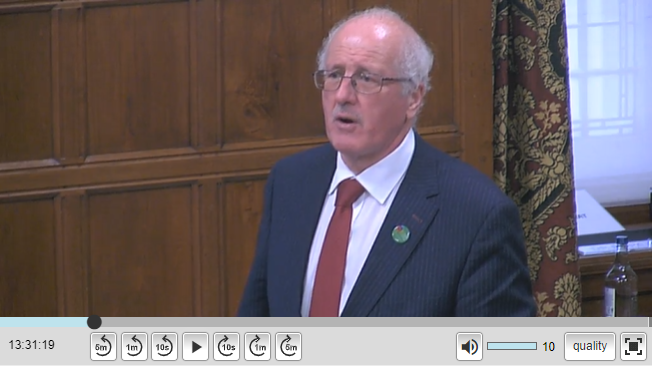Public access to Automatic External Defibrillators
General debate
Jim Shannon MP and Paul Howell MP
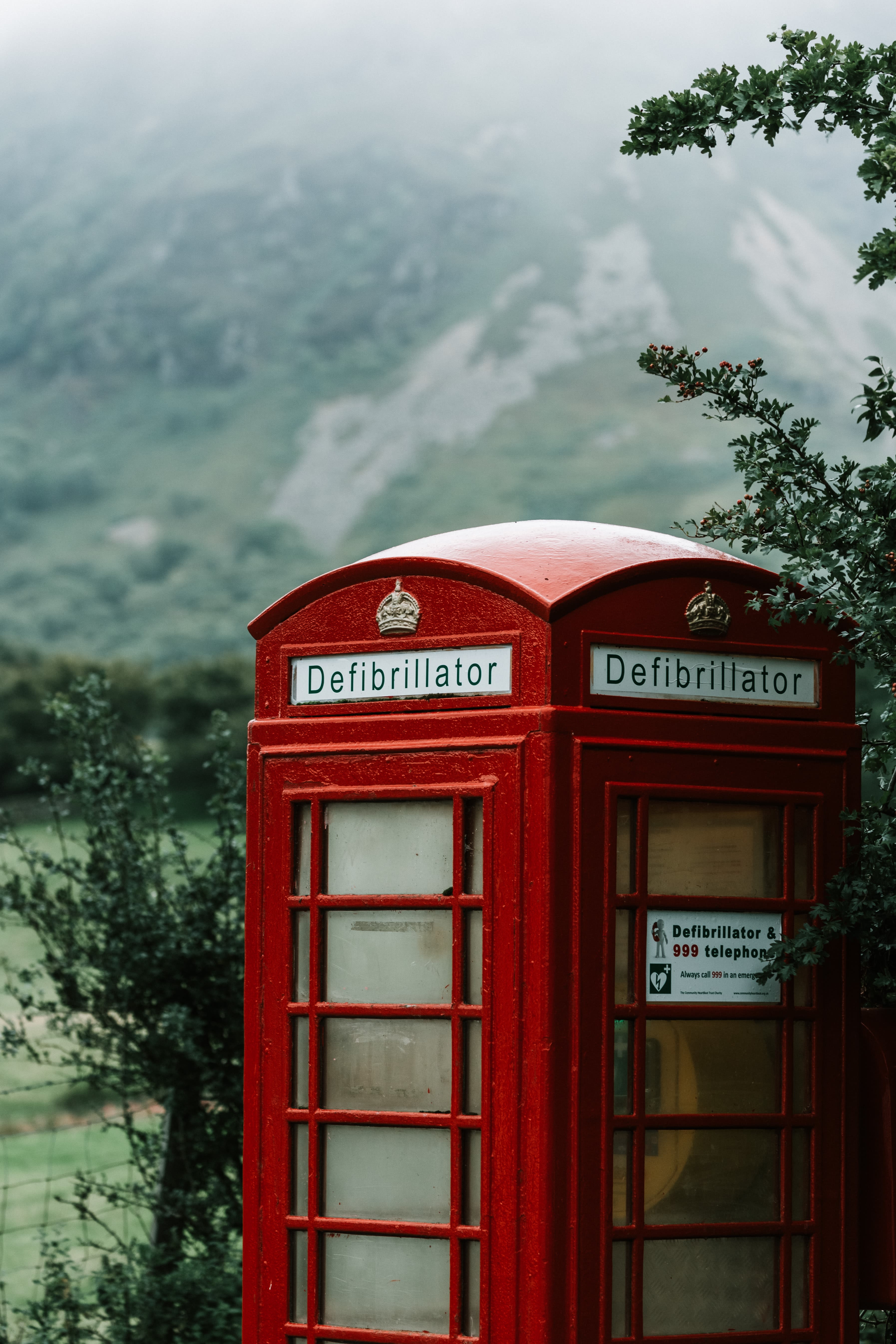
On 18 November 2021, Jim Shannon MP and Paul Howell MP led a general debate on public access to Automatic External Defibrillators. The debate was nominated by the Backbench Business Committee.
To inform the debate, Jim Shannon MP asked to hear about your experiences. Thank you to all those who filled in the survey.
Watch the debate:
Read the transcript on Hansard.
The Government's response
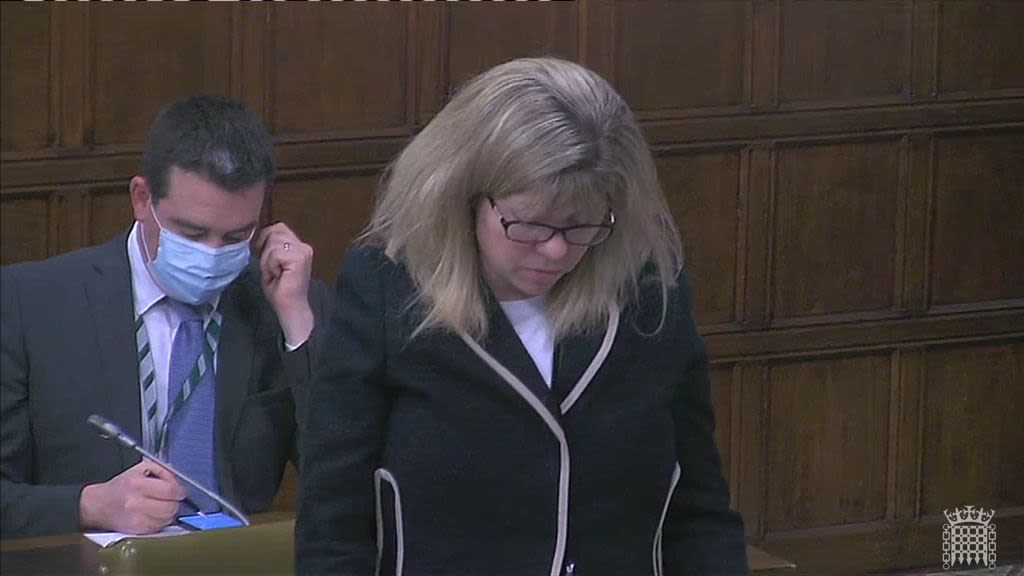
Health Minister Maria Caulfield MP responded to the debate on behalf of the Government. She addressed the current policy agenda and future ambitions related to Automatic External Defibrillators.
Watch or read her full speech for details on topics including:
- A Private Members’ Bill which, if passed, will require the installation of defibrillators in public buildings, sporting, education and care facilities
- A commitment from the NHS to develop a national network of first responders and access to automatic external defibrillators, as set out in the NHS Long Term Plan
- Partnership with the British Heart Foundation in developing The Circuit – a national defibrillator network
- The delivery of CPR training in partnership with St John Ambulance
- Access to defibrillators in educational settings
- Access to defibrillators for grassroots football clubs, delivered by the Premier League Defibrillator Fund in partnership with the Football Foundation, the FA and Sport England.
For more information, read a Research Briefing prepared by the House of Commons Library for the debate: Public access to Automatic External Defibrillators.
"Thanks a lot to all of you who took the time to respond to the survey and share your experiences on AEDs.
"These are going to be very helpful to me in preparation for my debate.
"You’ll be able to watch it and read the transcript from 18 November – links will be published on this page. Thanks again!”"
Introducing the debate, he gave the following statement:
“The development of easy to operate AEDs has led to defibrillation being included in basic life support teaching. AEDs can accurately identify the cardiac rhythm as “shockable” or “non-shockable” and provide verbal and visual prompts of the next steps.
“The crucial determinant of survival is the time between collapse and the use of the AED to deliver a shock. The strategy, therefore, is to have an AED installed at a place where it might be needed so that it can be accessed quickly by someone nearby, taken to the person who has collapsed, and used before the arrival of the ambulance service. This arrangement is known as Public Access Defibrillation (PAD).
“I’d like to hear about your experiences and thoughts on AEDs and PAD – they’ll be helpful as I prepare for my debate on Thursday.”
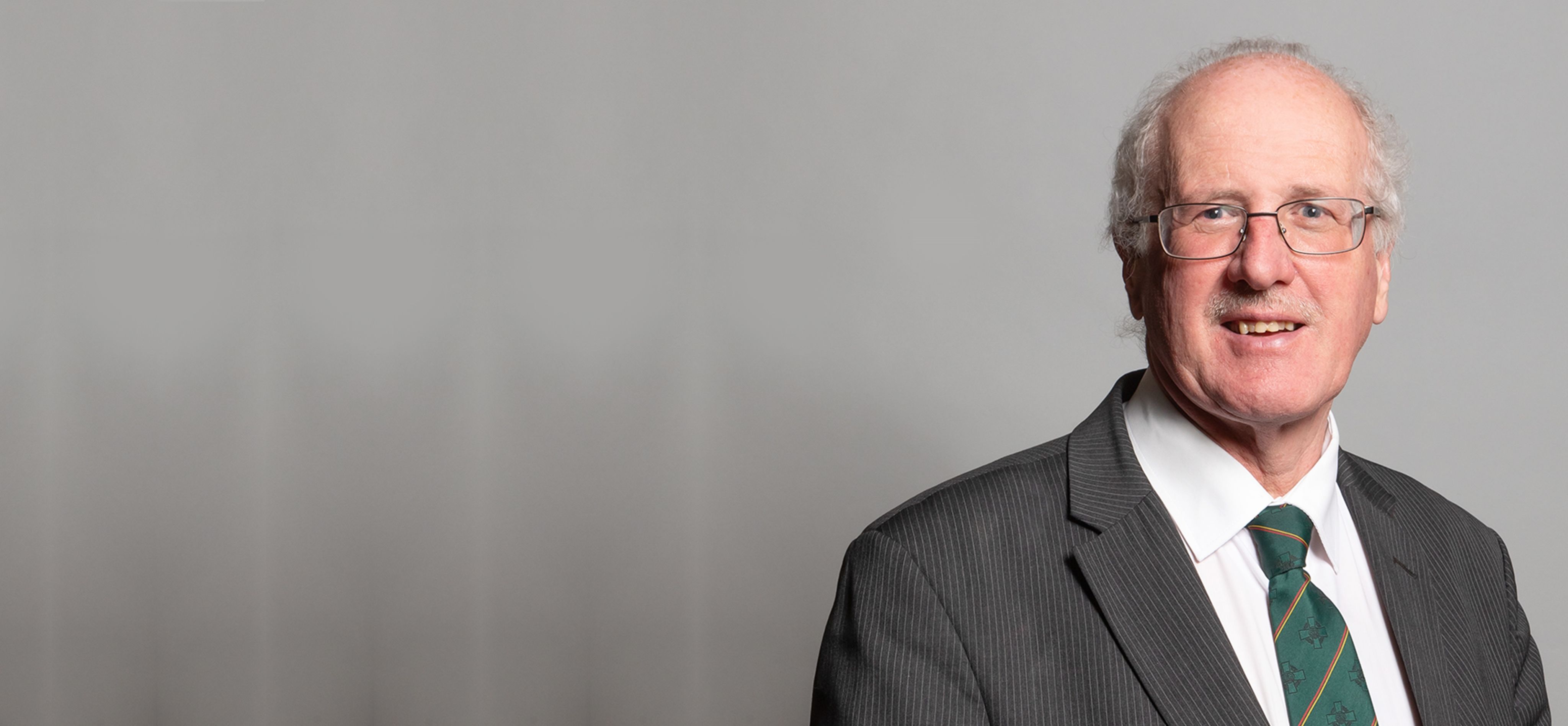
What are Backbench business debates?
Backbench business debates give backbenchers (MPs of any party who are not ministers or shadow ministers) an opportunity to secure a debate on a topic of their choice, either in the Chamber or Westminster Hall.
MPs can make a request for a debate to the Backbench Business Committee, who hears and decides which debates to schedule.
Backbench debates can either be general debates (which do not end in a vote) or be on a substantive motion (which calls for an action and can end in a vote). This debate will be a general debate.
- How Parliament works: Westminster Hall debates.
- Committee pages: Backbench Business Committee
- MPs' Guide to Procedure: Backbench Business Committee debates.
How your contributions are shared:
In these exercises, members of the public who have signed relevant petitions are invited to share their experiences and ideas.
These are passed on to the MP leading the debate, who may refer to them directly in their speeches.
Find other petitions on the Petitions website, or see more examples of public contributions being used in debates below.
What happens next?
If you shared your email in the survey, we’ll send you an update after the debate with links to watch it, read the transcript, and information about the Government's response.


Get involved
Visiting Parliament, education resources and more
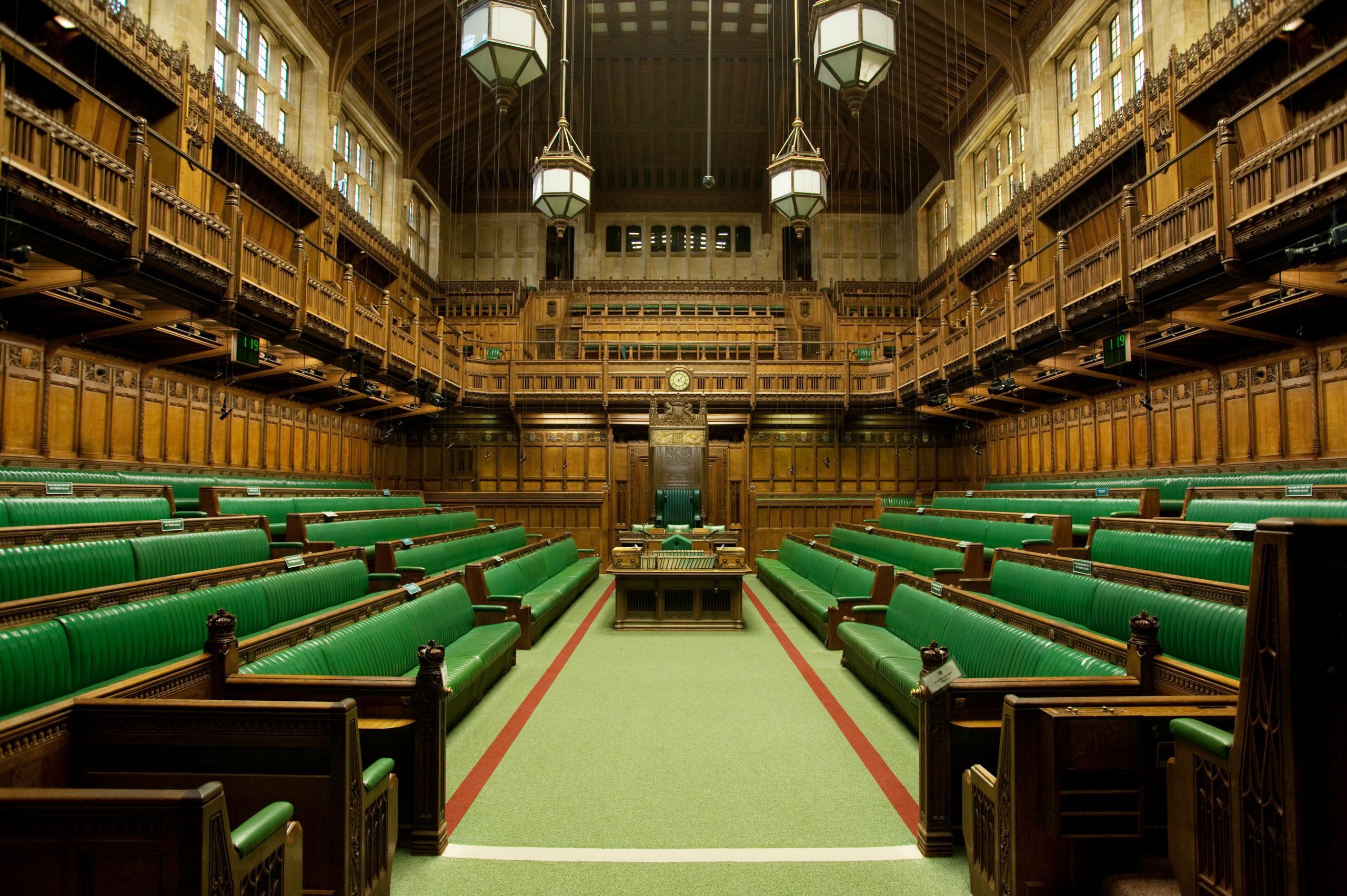

Photo credit: UK Parliament/Jessica Taylor
